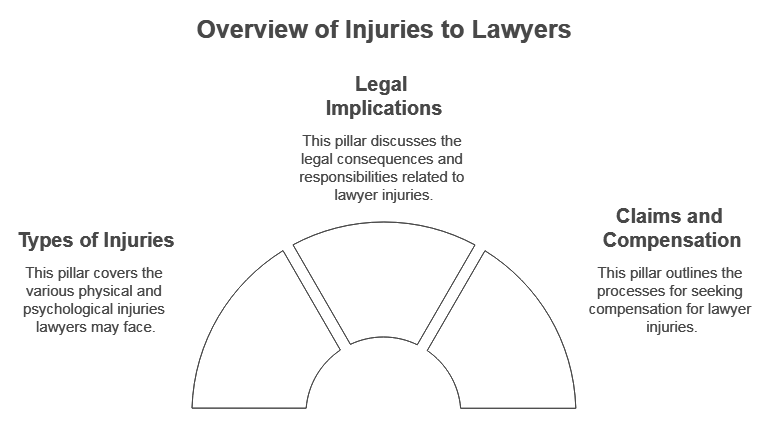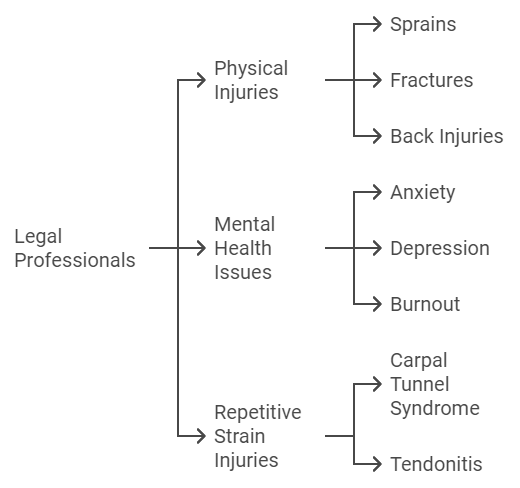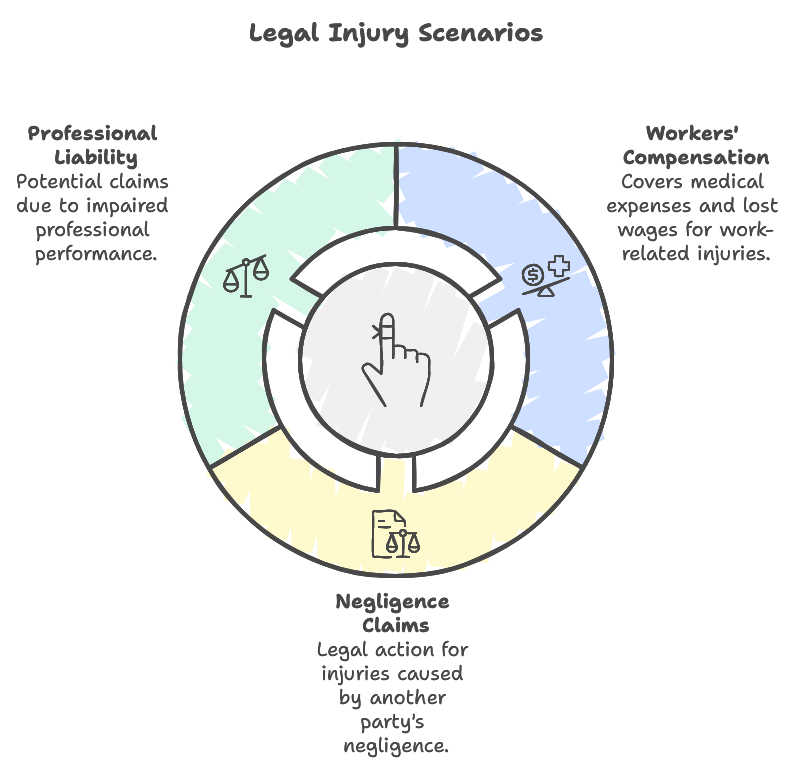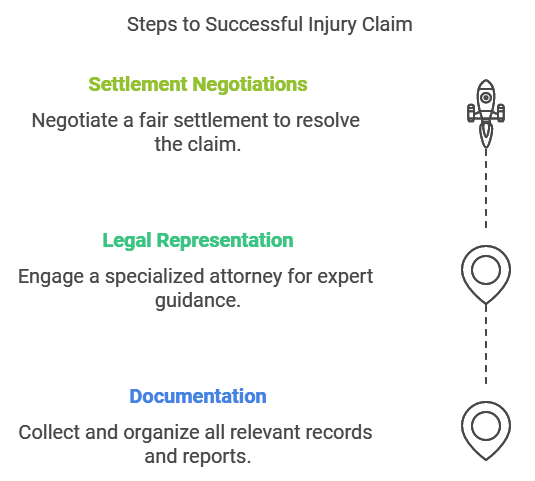Key Components of an Extensive Lawyer Injury Report:
- Incident Details:
- Date, time, and location of the incident
- A clear and concise description of the events leading up to the injury
- Names and contact information of any witnesses
- Weather conditions, if applicable
- Injury Description:
- A detailed account of the specific injuries sustained
- Any immediate symptoms experienced
- The impact of the injury on the lawyer’s physical and mental health
- Any ongoing medical conditions aggravated or caused by the incident
- Medical Records:
- Copies of medical records, including doctor’s notes, hospital reports, and diagnostic test results
- Bills and receipts for medical treatments and medications
- A timeline of medical appointments and treatments
- Photographs and Videos:
- Visual evidence of the accident scene, injuries, and any property damage
- Images of any physical evidence, such as broken equipment or hazardous conditions
- Witness Statements:
- Written statements from any witnesses who observed the incident
- Contact information for these witnesses
- Loss of Income and Earnings:
- Documentation of any lost wages or income due to the injury
- Records of missed workdays and reduced earning capacity
- Emotional Distress and Psychological Impact:
- A description of any emotional distress, anxiety, or depression experienced as a result of the injury
- Documentation of any therapy or counseling received
- Property Damage:
- A list of any damaged property, including clothing, eyeglasses, or personal belongings
- Legal Fees and Costs:
- Documentation of any legal fees incurred, such as attorney’s fees and court costs

Lawyer Injury Details
This document provides an overview of the various aspects related to injuries sustained by lawyers in the course of their professional duties. It explores the types of injuries that may occur, the legal implications, and the potential for claims and compensation. Understanding these details is crucial for legal professionals to navigate the complexities of workplace safety and personal injury law.

Types of Injuries
Lawyers may encounter a range of injuries while performing their duties, including:
- Physical Injuries: These can occur due to accidents in the office, such as slips and falls, or while traveling for court appearances. Common physical injuries include sprains, fractures, and back injuries.
- Mental Health Issues: The high-stress nature of legal work can lead to mental health challenges, including anxiety, depression, and burnout. These issues can be exacerbated by long hours and heavy workloads.
- Repetitive Strain Injuries: Prolonged use of computers and other office equipment can result in conditions like carpal tunnel syndrome or tendonitis, affecting a lawyer’s ability to perform their work effectively.

Legal Implications
When a lawyer sustains an injury, several legal considerations come into play:
- Workers’ Compensation: In many jurisdictions, lawyers may be eligible for workers’ compensation benefits if their injuries are work-related. This can cover medical expenses and lost wages.
- Negligence Claims: If a lawyer’s injury is due to the negligence of another party, they may have grounds for a personal injury lawsuit. This could involve accidents caused by third parties, such as a car accident while traveling for work.
- Professional Liability: Lawyers must also consider how their injuries may impact their ability to serve clients. If an injury affects their performance, it could lead to claims of professional negligence.

Claims and Compensation
Pursuing claims for injuries can be a complex process. Lawyers should be aware of the following steps:
- Documentation: Keeping detailed records of the injury, including medical reports, incident reports, and any correspondence related to the injury, is essential for substantiating claims.
- Legal Representation: It may be beneficial for lawyers to seek representation from another attorney who specializes in personal injury or workers’ compensation law to navigate the claims process effectively.
- Settlement Negotiations: Many injury claims are settled out of court. Lawyers should be prepared to negotiate settlements that adequately compensate for their injuries and related losses.

Conclusion
Injuries sustained by lawyers can have significant implications for their professional and personal lives. Understanding the types of injuries, legal implications, and the claims process is vital for legal professionals to protect their rights and ensure they receive appropriate compensation. By being informed and prepared, lawyers can better navigate the challenges associated with workplace injuries.

